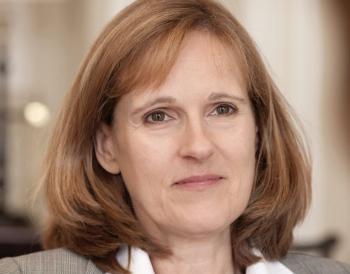Mid summer European Update

Following the easing of lockdowns, demand in Europe is recovering, unemployment is falling and economic growth is recovering. The IMF raised its growth forecasts for the Eurozone to 4.6% and 4.3% for 2021 and 2022 respectively, and for the UK to 7.0% and 4.8% over the same periods. Although concerns about global inflation still persist, notably in the USA where inflation is over 5%, the ECB currently sees Eurozone inflation, currently 1.8%, at just 1.4% in 2023, well below its revised inflation target of 2%. This suggests that interest rates will not need to rise in Europe for the next three years, which should provide strong support for European equities.
There are variations in the rate of recovery within continental Europe. Italian GDP growth +2.7% quarter-on-quarter is likely to remain turbo charged as the EU recovery funds, the so-called NextGenerationEU funds, valued at €806.9bn (€750bn in 2018 money) start to be deployed. Italy is likely to be the largest beneficiary receiving around €200bn out of the total. According to some estimates, this could add 14% to GDP growth over the next 6 years, which is sorely needed after a long period of economic stagnation. 50% of these funds look set to go into digitisation, where Italy lags other major European countries. This will provide strong support for the IT services sector in Italy which has some quoted companies which offer interesting investment opportunities. After the political malaise of recent times, having Mario Draghi at the helm provides some reassurance for investors of a successful execution of the Italian National Recovery and Resilience Plan. This is reflected in the spread between German and Italian 10-year bond yields narrowing to just 1%.
The EU’s ‘Green Deal’, aimed at decarbonisation and the containment of global warming (55% reduction in CO2 emissions by 2030 compared to 1990, and net zero emissions by 2050) is, to quote the EU, “our lifeline out of the Covid-19 pandemic”. One third of the €1.8 trillion investments from the NextGenerationEU funds, and the EU’s seven-year budget, will finance the European Green Deal, i.e. €600bn. The quoted renewable energy sector has had an up and down year so far, after a strong 2020, but this could provide opportunities for long-term investors. The drivers are clearly there in terms of investment, not to mention the political will. Valuations are already discounting future earnings in some cases and earnings per share need to catch up with price to earnings ratios before shares are likely to advance on a sustainable growth path again. However, for the patient and selective investor, this is clearly an opportunity.
We would expect the strong earnings season to continue into August and, barring black swan events, are quietly confident that our investments will continue to perform. As an investment destination, Europe looks less challenged at present than other areas of the globe. We would hope that its merits will become more widely apparent and encourage funds flow as the year progresses. It is interesting that several major houses, including BlackRock and JP Morgan, recently accorded European equities and ‘overweight’ recommendation. Given the economic recovery underway, there is no issue finding interesting companies in which to invest, surpassing our earnings growth criteria of at least 15%. It is also still possible to find this level of growth at not overly demanding valuations.
Sharon Bentley-Hamlyn
August 2021